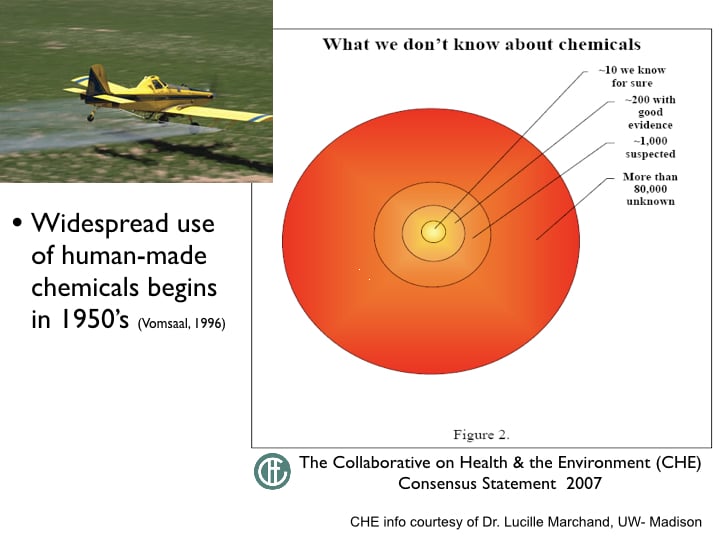
But, without a precautionary principle (test for safety first and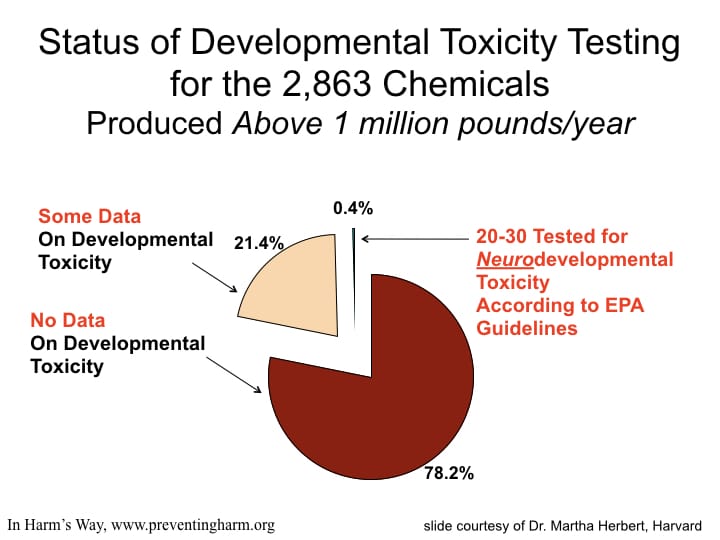
But we do know some things, and what we know, is not good.
It’s interesting to note in passing that companies like Monsanto produce genetically modified seed under the pretense of increasing yields and decreasing the need for insecticides and herbicides. However, a recent study conducted by the New York Times (10/30/2016) compares yields and poison use in Europe (where genetically modified seeds are not used) to the United States (where they are prevalent). They found that yields are similar but that European farming has decreased their use of insecticides by 65% (compared to about 33% in the U.S.) and herbicides by 36% (compared to an increase of 21% in the U.S.). On top of that, Monsanto has claimed that their GMO corn is “substantially equivalent” to non-GMO corn, a claim that has been proven false (see article). Furthermore, the same study indicates the GMO corn contains substances that are potentially dangerous for human health.
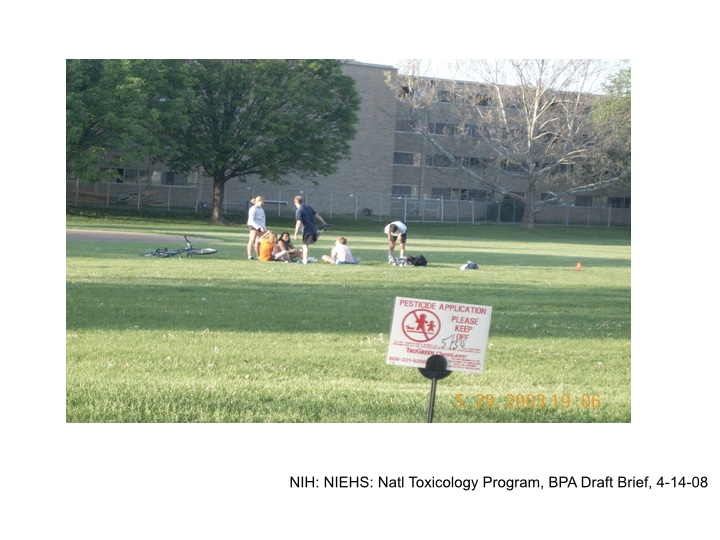
How pervasive are pesticides and herbicides in our environments?
This following illustration requires just a bit of explanation. Warren Porter tested rats and found increases in aggression, thyroid, and immune problems only when an insecticide, an herbicide, and fertilizer were combined. It was their interaction that caused these problems. This is an important finding because most safety research done on new chemicals is only conducted on one chemical at a time. When those chemicals are tested together — they are often used together in the real world — problems can manifest.
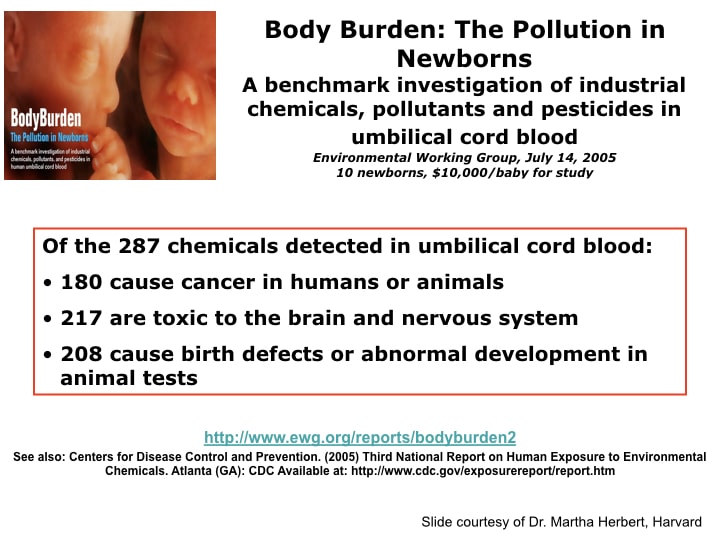
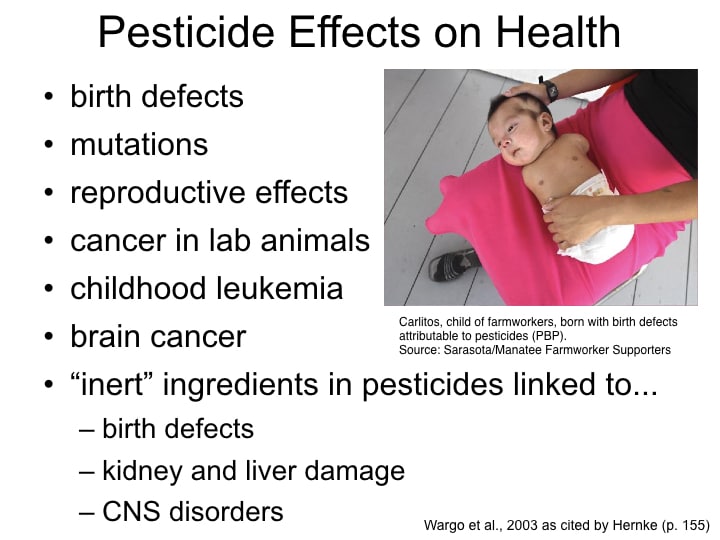
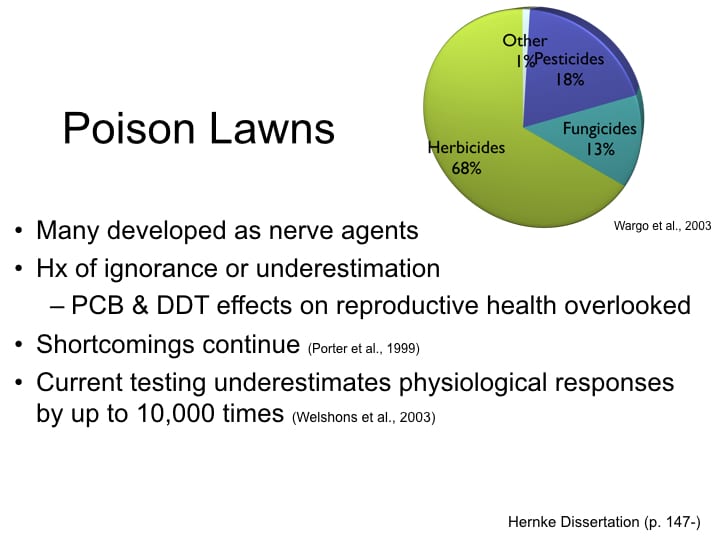

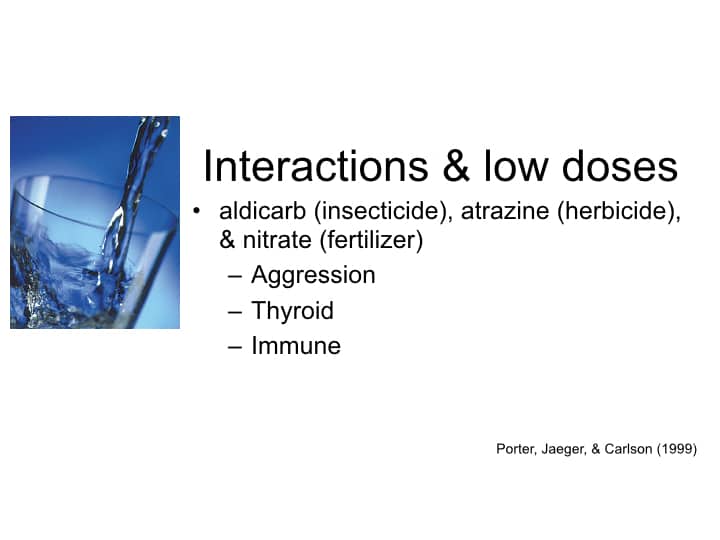
Pingback: The Dysfunctional Status Quo | One Planet Thriving
Pingback: Thriving on One Planet: The Big Picture | One Planet Thriving
Pingback: Is Your Home Making You Sick? 5 Common Causes and How to Fix Them | One Planet Thriving